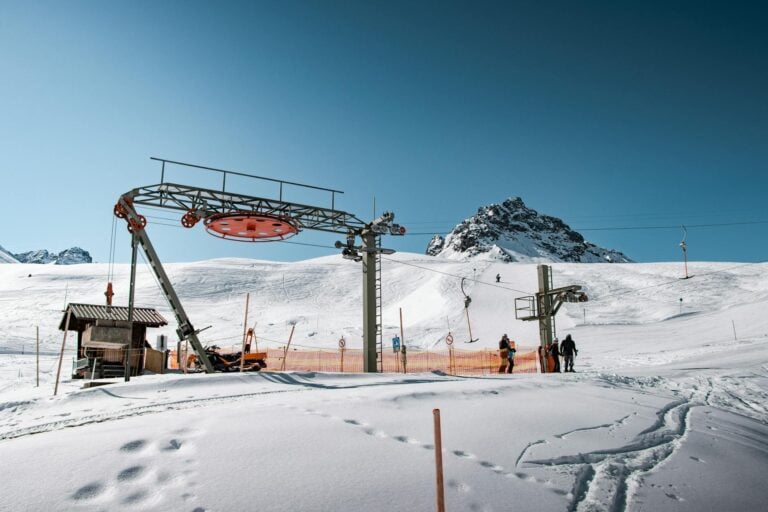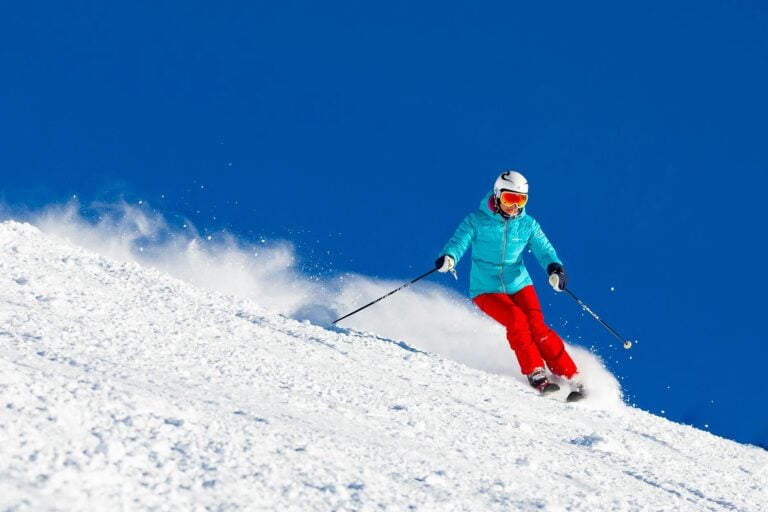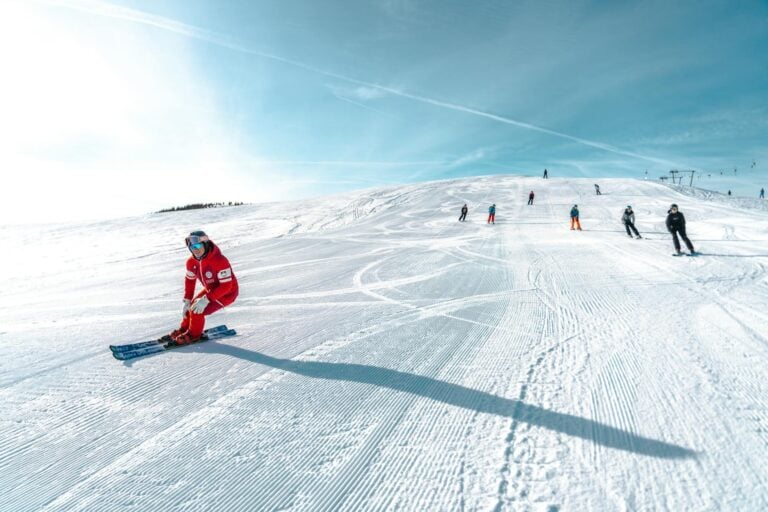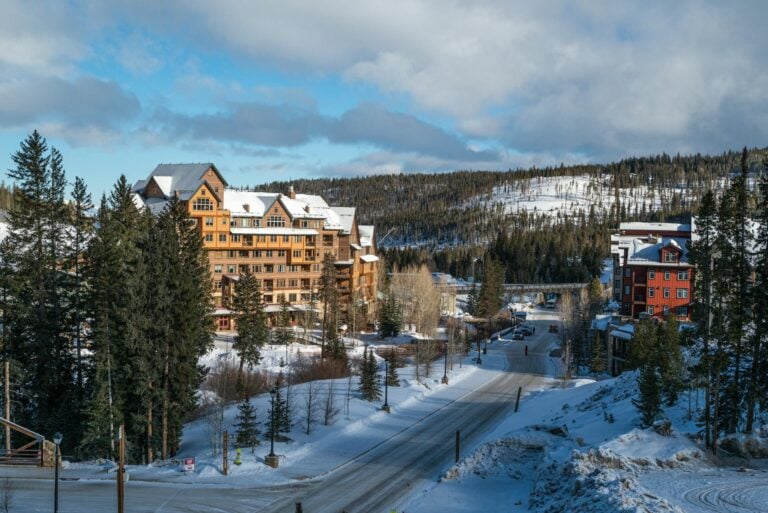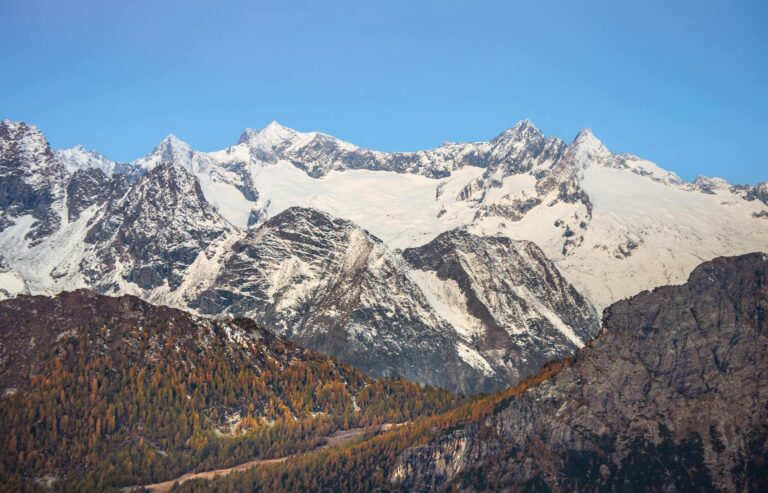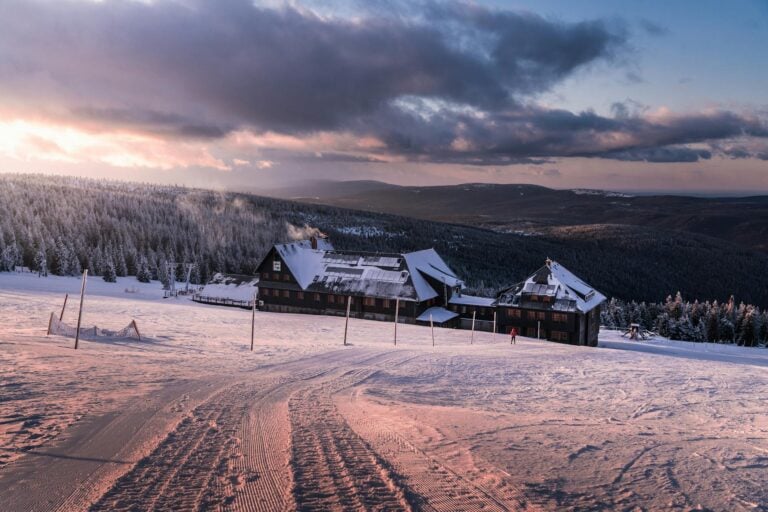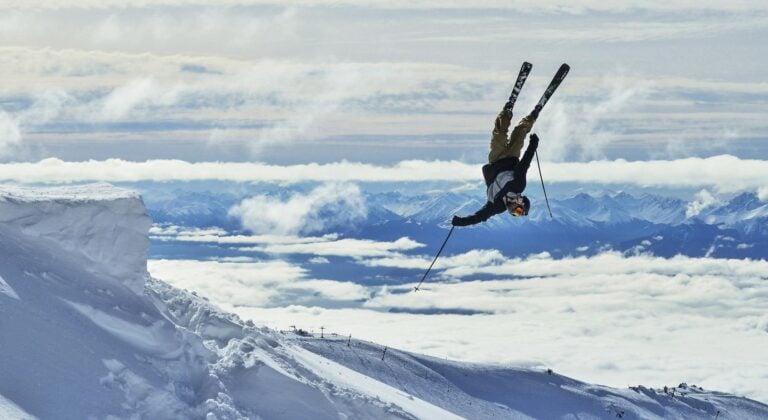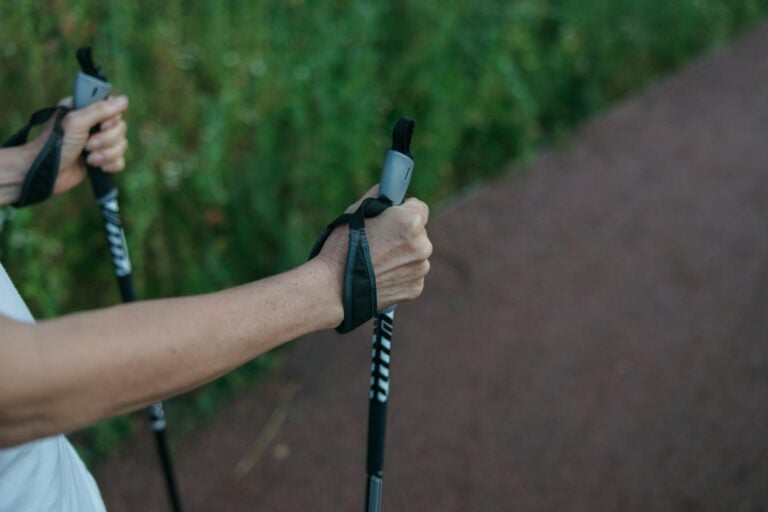
Getting Started with Sizing: A Beginner-Friendly Overview
When you’re just starting out, gravitate toward skis that keep the learning experience fun and safe. Opting for a shorter length lets you turn effortlessly and bring the ski to a halt without any struggle. I’ve watched new skiers build confidence quickly this way.
Kick things off by measuring the chin height
Plant the ski on its edge next to you. See where it lines up on your face—somewhere between the chin and the nose is ideal. For beginners, chin height is the spot, a guideline refined after years of fitting gear on the mountain. If you stand six feet tall, aim for skis in the 160-170 cm range; if you’re five feet or shorter, a 140-150 cm length usually feels just right. REI ski sizing guide
Why Shorter Skis Provide Better Control
Long skis surge ahead at a velocity that can spook beginners. Shorter skis let you swivel and brake gently. They also feel lighter underfoot. From my experience, that seems to trim the tumble count on green runs. But don’t go too short—you sacrifice a bit of stability on icy patches. For optimal waist width, beginners should aim for 70-80 mm to balance float and edge hold on groomed trails.
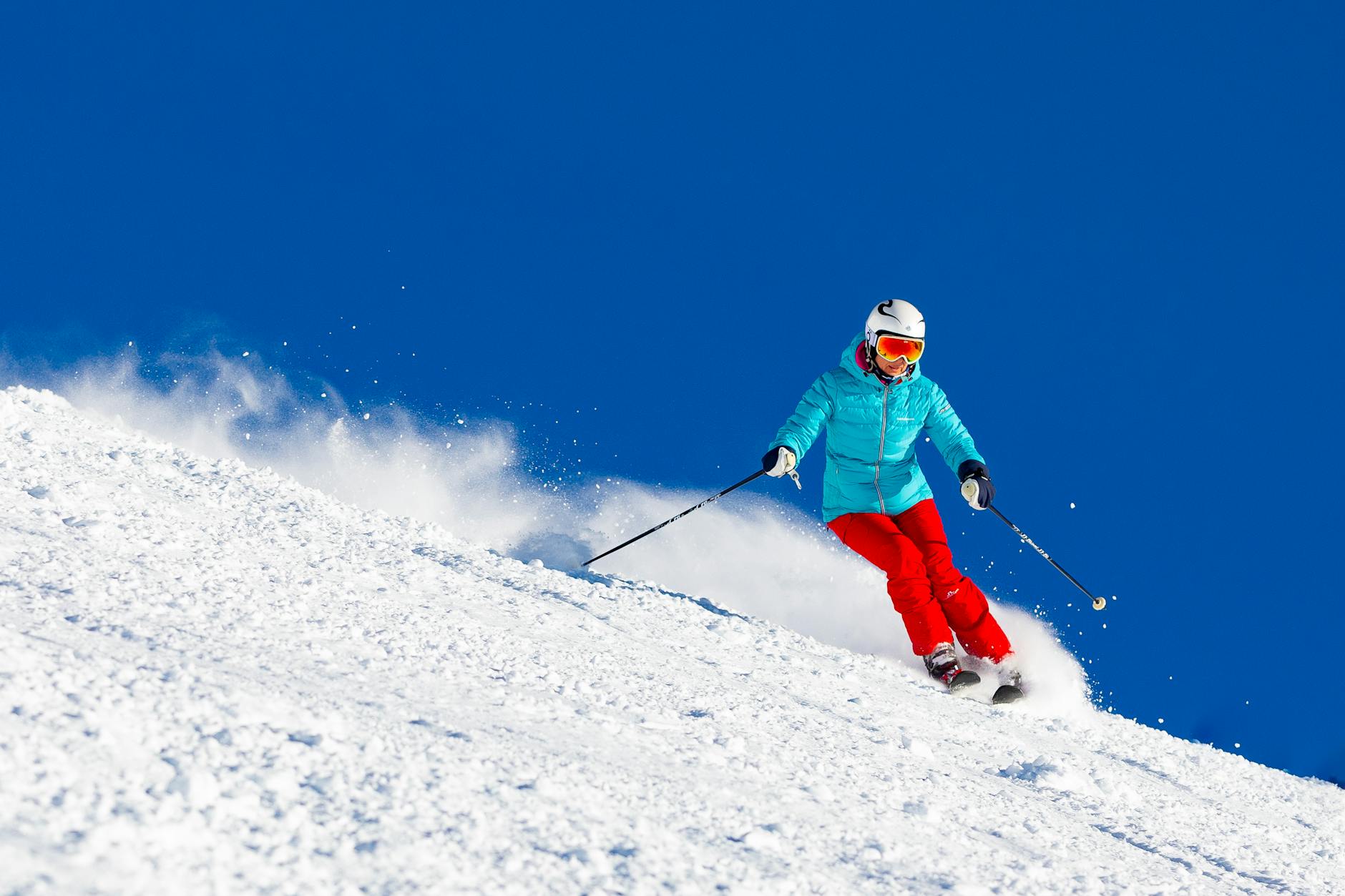
A Step-by-Step Look at the Selection Process
Run these steps to lock in your size. It’s a plain-spoken method, built on the fittings I’ve personally done.
- Find out just how tall you are and jot the number down in feet and inches.
- Refer to a ski size chart tailored for beginners.
- Factor in weight: when it’s heavier, tack on five to ten centimeters for stability.
- Consider ability: Opt for shorter segments, which smooth out turns.
- Slip into the ski boots first, consult a ski boot size chart to match your Mondopoint measurement with the size.
Capture your measurements then align them with the chart
Here’s a down-to-earth ski size chart for the uninitiated, built around stature as the chief metric, with adjustments. I cobbled together this chart to fill the spots I keep bumping into on the web. For instance, a newcomer who’s 5’3” tall would typically start at 145 cm. Evo ski size chart
Beginner Ski Size Chart
| Height (ft) | Recommended ski length (cm) | Remarks |
|---|---|---|
| 4’6″–5’0″ | 130–140 | Perfect for light turns; adjust shorter if lighter weight for agility |
| 5’1″-5’6″ | 145-155 | Fuses lithe control with a whisper of speed |
| 5’7″–6’0″ | 155–165 | Add length if weight tops 150 lb |
| 6′1″+ | 165–175 | May be slightly shorter when brand-new |
Align it with the ski boot size. The Mondopoint system governs boot measurements—a 25.5 corresponds to a US women’s size 8. A conversion chart will untangle the numbers. Ensuring a snug fit thwarts blisters and amplifies on-slope control.
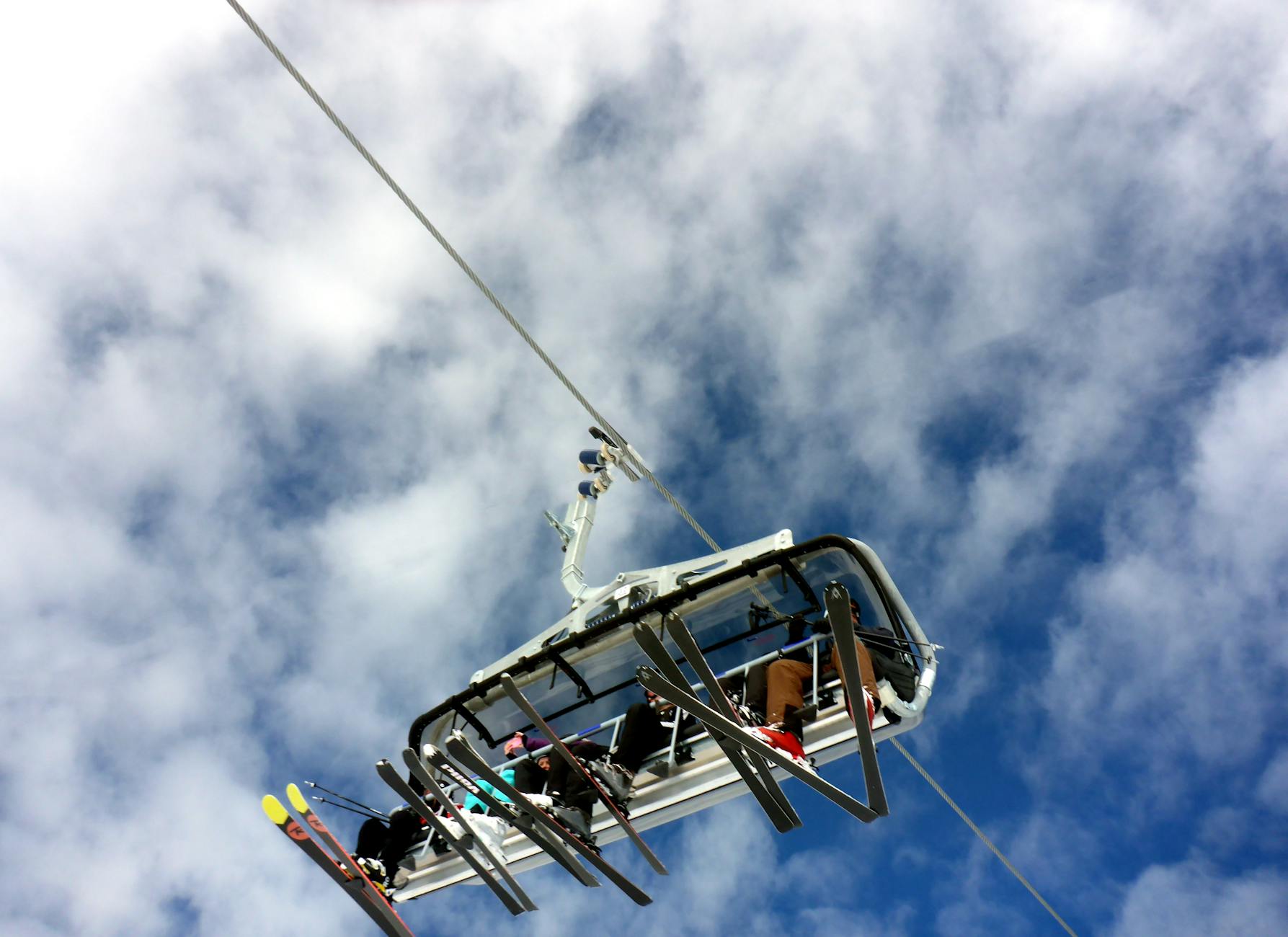
Skip the First-Timer’s Pitfalls
New skiers often choose gear that’s the wrong size. Avoiding that mistake is essential for staying safe.
Sidestepping the Pitfalls of Overly Long Skis
Don’t go after the high-end skis—they tend to make turning feel like a slog. I’ve watched countless riders light up when I swap them onto a shorter pair halfway through a lesson; the change can turn a session into a smooth ride. While the hype around “pro” gear is loud, sticking with beginner-friendly models is the choice. Beginners should select skis with symmetrical tips and tails for easier turns and stability.
Another tip: rent a pair first, hit the snow, and listen to how the ski behaves. If it produces a chattering sound, it’s likely too long. Weather plays a part as shorter skis manage slushy conditions with greater ease. Check out our guide on plan a ski trip for more prep tips.
Terrain Variables
Weight nudges the chin rule. If you’re over 180 lb, add five centimeters to the measurement for better float. If you’re under 120 lb, pull it back a touch for agility. These adjustments come from field notes covering a range of body types. SkatePro beginner ski guide
Terrain really sets the stage. When carving down a piste, a shorter ski provides an edge response. Powder, by contrast, benefits from a smidge more length—though beginners are better off keeping things simple. For more on spots to try, see our best ski resorts for beginners.
The Basics of Ski Boot Size Charts
Ski boots have an impact on the ski setup. To find the size, consult a ski boot size chart and measure your foot length in centimeters—that’s the Mondopoint system. For example, a foot length of 26 cm generally corresponds to a men’s size 8. Try the boots on while wearing ski socks. Beginners should opt for a flex in the 60-80 range. REI ski boot advice
Common mistake: Tight boots numb the toes. A snug yet comfortable fit is the spot. I’ve fitted boots that made skiing painless.
Testing and Final Tips
After you’ve settled on the size, take the skis for a demo on a gentle slope. See if you can start a turn without having to wrestle the ski. Keep safety front-and-center—wear a helmet and consider taking lessons.
Leave No Trace: ferry the rubbish out and cling to the established pathways. Regulations shift from resort to resort, so a quick check beforehand is advisable. If you’re building skills, read about building a better ski experience.
Hopefully this guide helps you make a choice. If you’re not sure, head to a shop for a fitting. Don’t forget to bring the appropriate ski poles. Have a wonderful time skiing!
FAQ
What size skis do I need for my height?
For beginners, skis should reach your chin. Use our chart: 5’5″ might fit 150 cm. Start with the chin rule and adjust for weight to ensure easy control.
How do I calculate my ski size?
Measure height, apply chin rule, adjust for weight. Add ski boot size check for full fit. Consult a shop pro for personalized tweaks based on your ability.
What size ski boots do I need?
Use mondopoint on a ski boot size chart. Match to foot length for comfort. Try on with ski socks to avoid blisters and ensure control.
How does weight affect ski size?
Heavier skiers add length for stability. Lighter ones go shorter for easy control. Adjust 5-10 cm based on your build for better performance.




